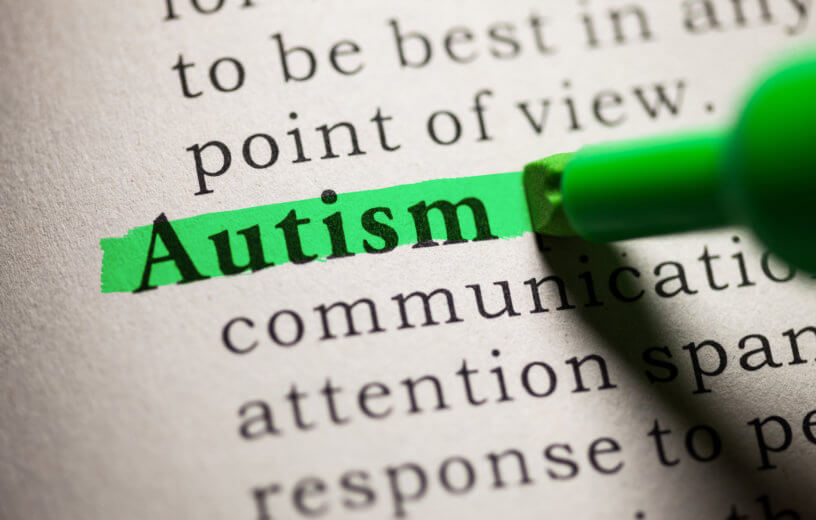BATH, United Kingdom — Could countless people actually be on the autism spectrum and not know about it? Researchers at the University of Bath say an internationally-recognized system for diagnosing autism is providing bad information. The results may have led to many people going without the proper care over the last decade.
The team of psychologists says when general practitioners screen patients for autism, they use the Autism Spectrum Quotient before referring them to a specialist for official diagnosis. Doctors around the world use this ten-point scale (AQ-10), which asks patients to agree or disagree with statements like, “I find it difficult to work out people’s intentions.”
Scores go up to 10 and higher scores indicate the patient is exhibiting more autistic traits. Researchers say a score of six or above should prompt doctors to send patients to a specialist, psychologist, or psychiatrist. However, their report reveals that for nearly ten years the National Institute for Health and Care Excellence (NICE) guidelines have been incorrectly recommending only scores of “more than 6 out of 10” receive an autism referral. The error may have prevented an unknown number of people scoring “6” from getting proper care.
“It is impossible to put a number on exactly how many people will have been affected by this, but it is well known that delayed referrals and late diagnoses of autism have negative consequences for the mental health and wellbeing of autistic people and their families. We urgently need to do all we can to raise awareness of this issue, among GPs and other clinicians, while the NICE guidelines are corrected. NHS waiting times for autism assessments are already far too long and these flaws in screening procedures will be compounding this issue,” says Associate Professor of Psychology Dr. Punit Shah in a university release.
Where did the autism scale go wrong?
Study authors say they closely analyzed the original research which created the NICE guidelines after finding the error. Their investigation revealed that the NICE Guideline Development Group considered and ultimately rejected a cut-off score of seven or above. With this initial change in mind, researchers say the new wording of “more than 6 out of 10” is incorrect.
Researchers add that using the wrong cut-off point in autism screenings makes the tool less sensitive and less accurate. Since the NICE guidelines determine treatment plans worldwide, the error may be contributing to missed referrals, diagnoses, and opportunities to get people urgent treatment. The Bath team notes that the AQ-10 is not the only thing that goes into making an autism diagnosis, but it is a key part of a doctor’s decision-making process.
Autism is a neurodevelopmental disorder which creates difficulties with social interactions, communication, and repetitive behaviors. According to the Centers for Disease Control and Prevention, autism affects one in 54 children in the United States.
Fixing the autism guidelines
Until the NICE guidelines get an update, Dr. Shah and fellow Bath researcher Lucy Waldren are calling for an urgent review of pending autism diagnoses. They also recommend that clinicians use a cut-off of “six or above” during autism screenings.
“This is a worrying finding as cut-off scores on screening tools underpin their accuracy. Although a difference of 1-point might not seem huge, a 1-point increased cut-off score on a 10-point scale is substantial and makes the instrument less psychologically sensitive. This means that many people going to their GPs who genuinely have autism – perhaps scoring 6 on the scale – are currently less likely to be referred to specialists for full diagnostic assessment. Diagnosis is of course crucial: without a diagnosis, people have less access to appropriate interventions and support, even certain benefits,” Dr. Shah adds.
“Our examination of the literature has discovered that the erroneous NICE guidelines have caused major confusion amongst researchers on which cut-off scores to use. We have found several examples of the incorrect value being applied. Participants in studies have also been inappropriately excluded based on their scores. And, even when the correct value was used, it has been incorrectly attributed to the NICE guidance. If researchers have followed the incorrect NICE guidelines and used the AQ-10 incorrectly in their studies, they may need to reanalyze and republish, or even consider retracting their findings,” Waldren, the study’s lead author concludes.
The study appears in The Lancet Psychiatry.
